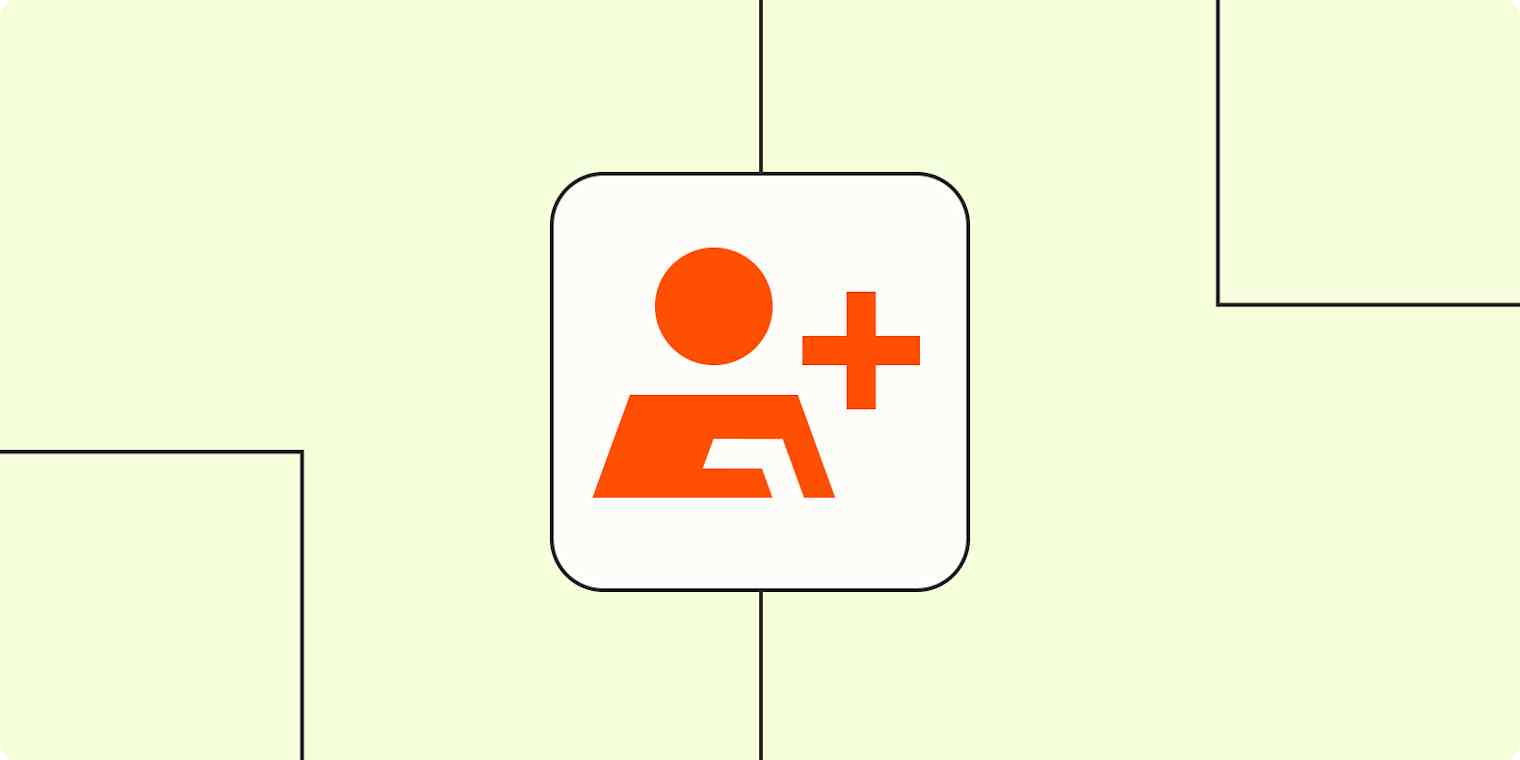Platform tips
4 min readZapier's JavaScript widget: Unlock your CRM app's potential
By Elena Alston · February 3, 2021

Get productivity tips delivered straight to your inbox
We’ll email you 1-3 times per week—and never share your information.
Related articles
Improve your productivity automatically. Use Zapier to get your apps working together.







